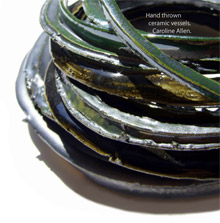Simon Timberlake (University of Cambridge)
Since 2002 reconstructions of putative Early Bronze Age copper and tin smelting furnaces have formed part of a series of on-going experiments carried out to try and reproduce the sorts of metallurgical operations likely to have been undertaken at the beginning of the metalworking period in the British Isles.
With very little archaeological evidence to base this all on (limited to probable Bronze Age copper smelting sites at Ross Island Mine, Killarney, Eire and Pen Trwyn, Great Orme in North Wales), it has been necessary to use experiment itself as a means to predict likely operations, and also objective and subjective observations. Much has been learnt from becoming ‘immersed’ in the process of metalworking; the only provisos being that we try to use ‘genuine’ Bronze Age ores from known mines, credible materials, and only experiment with the simplest and most rudimentary furnace designs possible.
This work has been carried out in Cambridge and at Butser Ancient Farm, Petersfield, Hants.


